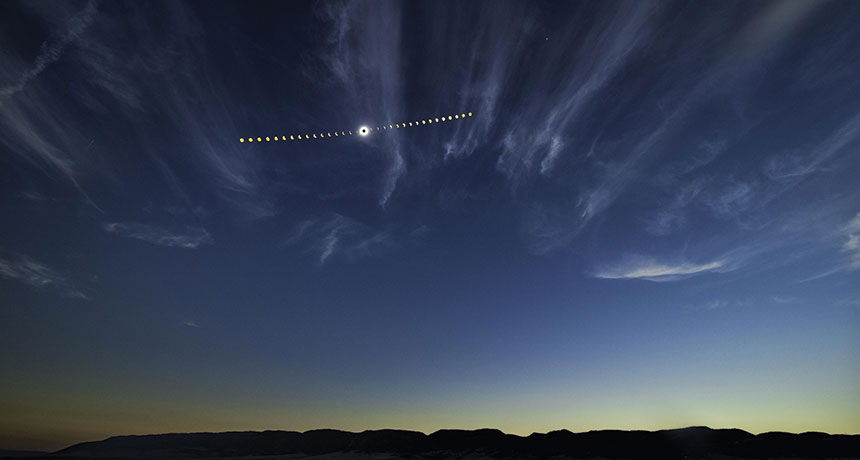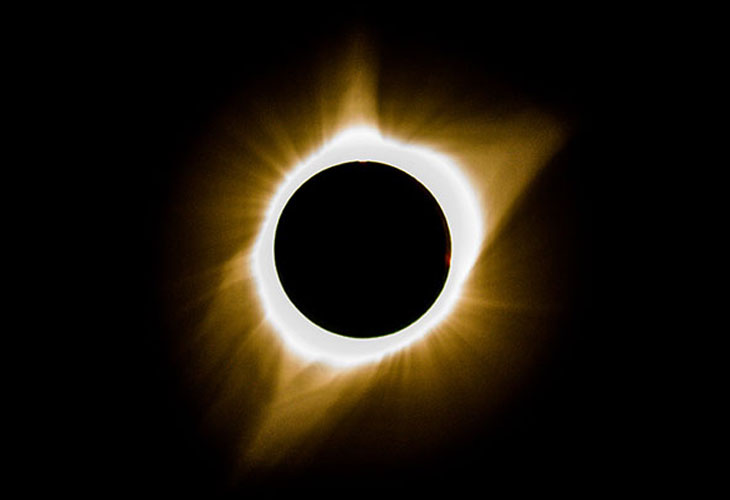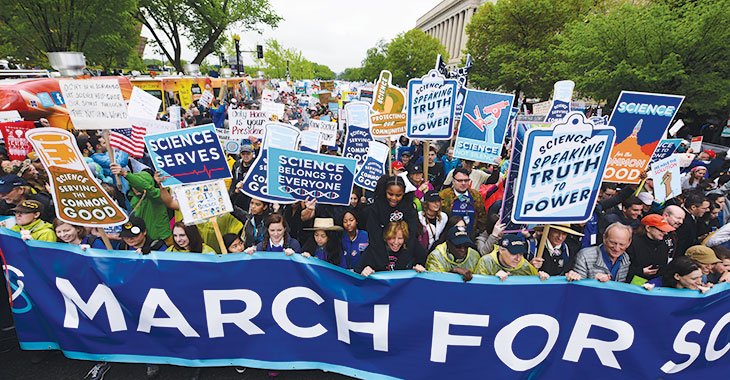
Science came out of the lab and touched people’s lives in some awe-inspiring and alarming ways in 2017.
Science enthusiasts gathered to celebrate a total solar eclipse, but also to march on behalf of evidence-based policy making. Meanwhile, deadly natural disasters revealed the strengths and limitations of science. Here’s a closer look at some of the top science events of the year.Great American Eclipse

CLEAR CORONA
On August 21, many Americans witnessed their first total solar eclipse, dubbed the “Great American Eclipse.” Its path of totality stretched across the United States, passing through 14 states — with other states seeing a partial eclipse. This was the first total solar eclipse visible from the mainland United States since 1979, and the first to pass from coast to coast since 1918 (SN: 8/20/16, p. 14).
As people donned protective glasses to watch, scientists used telescopes, spectrometers, radio receivers and even cameras aboard balloons and research jets in hopes of answering lingering questions about the sun, Earth’s atmosphere and the solar system. One of the biggest: Why is the solar atmosphere so much hotter than the sun’s surface (SN Online: 8/20/17)? Data collected during the event may soon provide new insights.
March for Science

ON THE GROUND
On April 22, Earth Day, more than 1 million people in over 600 cities around the world marched to defend science’s role in society. Called the first-ever March for Science, the main event was in Washington, D.C. Featured speakers included Denis Hayes, coordinator of the first Earth Day in 1970, and science advocate Bill Nye (SN Online: 4/22/17). Attendees advocated for government funding for scientific research and acceptance of the scientific evidence on climate change.
The march came on the heels of the Trump administration’s first budget proposal, released in March, which called for cutting federal science spending in fiscal year 2018 (SN: 4/15/17, p. 15). Some…
The post How science and society crossed paths in 2017 appeared first on FeedBox.